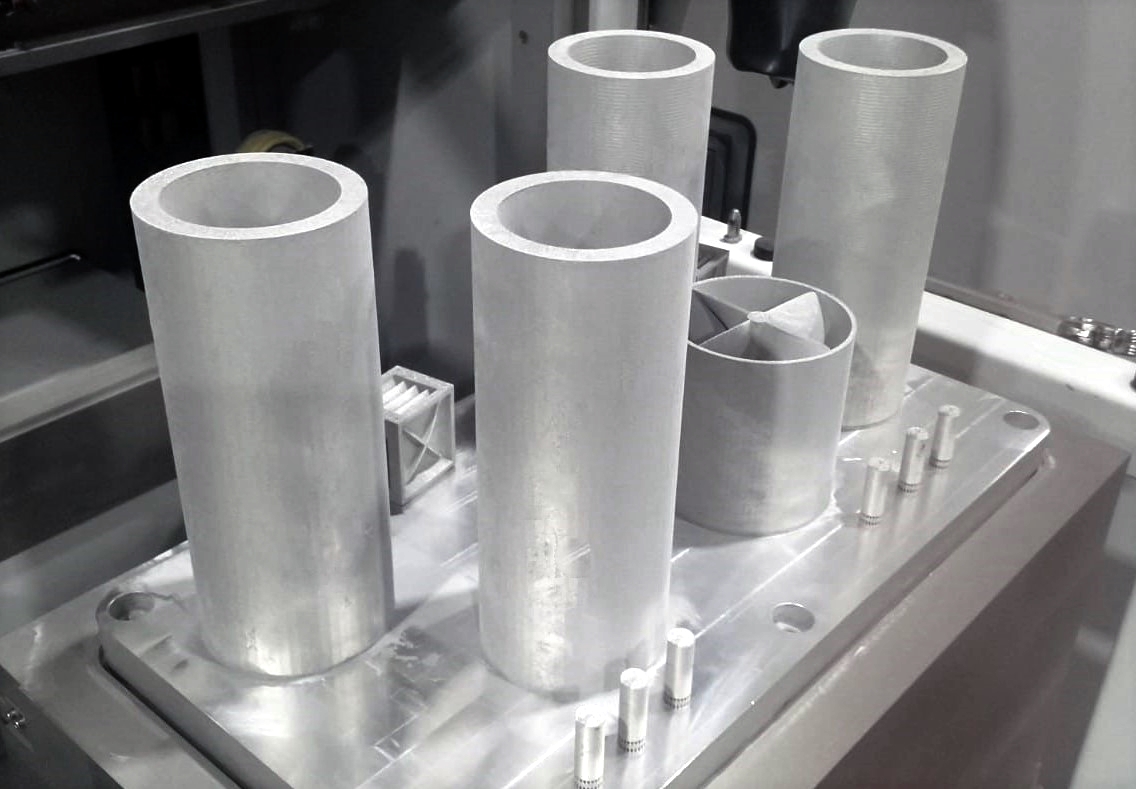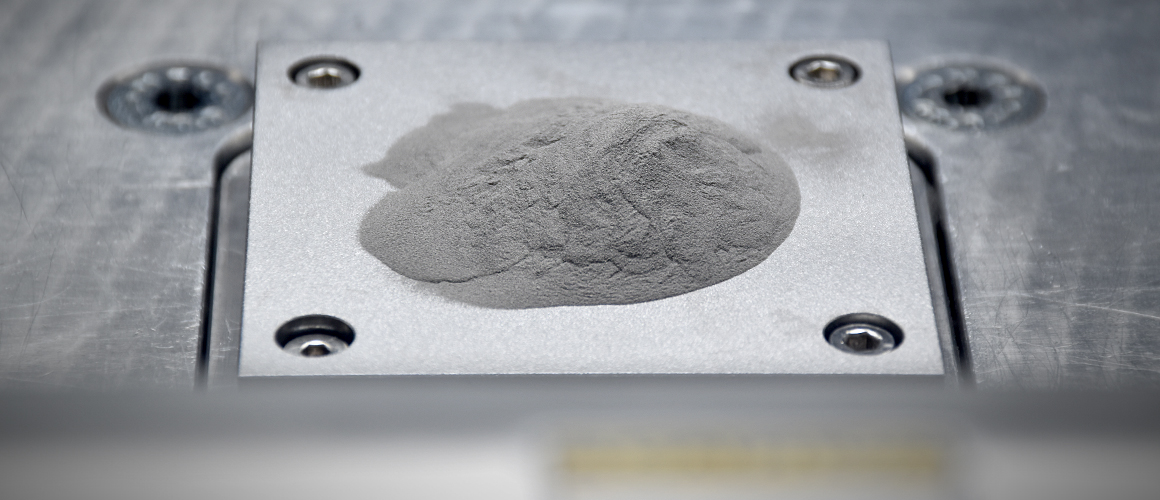Aluminium Materials Technologies (AMT), a developer and supplier of aluminum alloy powders for additive manufacturing, has partnered with the University of Birmingham to enhance understanding of the metallurgy of 3D printed A20X aluminum alloy.
The two parties are investigating the characteristic properties of the alloy when produced via laser powder bed fusion (LPBF) and direct energy deposition (DED) 3D printing techniques. They will also observe the effects on compositional changes, heat treatments, and additive manufacturing process parameters of 3D printed components from A20X.
“A20X has been successfully adopted into fully qualified production of aerospace components via additive manufacture,” said Martin McMahon, Business Development Director for AMT. “The reliability of the A205 alloy has been proven to be more than adequate in high strength, high ductility and high operating temperature applications, so we are now building on our extensive development programs, to create an even greater understanding of the fundamental metallurgy of the AM alloy.”

3D printing aluminum
Aluminum alloys are commonly used for manufacturing automotive and aerospace components, and 3D printing companies are continually seeking to develop metals with enhanced mechanical performance, in order to expand on these applications and create parts with improved qualities.
In the last year alone, Hamburg-based aluminum specialist Fehrmann ALLOYS launched its latest high-performance aluminum alloy for 3D printing named AlMgty 90, while metal AM specialist Amaero’s aluminum alloy, Amaero HOT (High Operating Temperature) Al, entered the final phase of international patent approval in June.
Meanwhile, California’s HRL Laboratories functionalized the strongest additive manufacturing aluminum to date with the launch of Aluminum 7A77.60L powder, which was made commercially available in October 2019. NASA’s Marshall Space Flight Center has since begun applying the material to the production of large-scale aerospace components, while HRL has built an application presenting 7A77’s potential in heat transfer and flow applications alongside 3D design and engineering software company nTopology and aerospace manufacturing service provider Morf3D.
Elsewhere, high performance materials manufacturer QuesTek Innovations LLC announced the development of a new aluminum alloy 3D printer feedstock in collaboration with the German Aerospace Center (DLR), and German metal 3D printer manufacturer SLM Solutions joined forces with Honeywell’s aerospace division to produce a parameter set for 3D printing aluminum F357, with the ultimate aim to 3D print aircraft components that meet industry standards.

The A20X family
A20X is a family of high-strength aluminum-copper alloys developed and patented by AMT, and is deployed within the aerospace and high-end motorsports sectors. The A20X family is made up of A205, a casting alloy with Metallic Materials Properties Development and Standardization (MMPDS) approval, A205/F1, an FIA approved casting alloy, and A207, a silver-free casting alloy. Also included are two powders designed for LPBF 3D printing applications, 2A05 (A205) and 2B05 (A205/F1).
The A20X powders possess a highly refined microstructure achieved through a unique solidification mechanism, which provides near fully isotropic properties – where material has identical values of a property in all directions. According to AMT, these properties provide greater strength, fatigue, and thermal characteristics compared to other alloys.
The Advanced Materials and Processing (AMPLab) at the University of Birmingham have carried out several successful projects to build sample parts from A20X in the past.
“The university’s experience with this alloy dates back to the early days of its introduction as a metal powder for additive manufacturing, and we have carried out many successful projects characterizing the physical properties of candidate parts,” said Moataz Attallah, Professor of Advanced Materials Processing and Director of AMPLab at the School of Metallurgy & Materials at the university.
“So now we are working closely with AMT to dig deeper into what makes this alloy so unique, and through our selection of AM tools and vast array of materials characterization techniques, we are in a great position to make that happen.”
Subscribe to the 3D Printing Industry newsletter for the latest news in additive manufacturing. You can also stay connected by following us on Twitter and liking us on Facebook.
Be sure to subscribe to the Another Dimension podcast on your chosen podcast player to make sure you never miss an episode.
Looking for a career in additive manufacturing? Visit 3D Printing Jobs for a selection of roles in the industry.
Featured image shows large cylinder samples printed with A20X. Image via Aluminium Materials Technologies.


